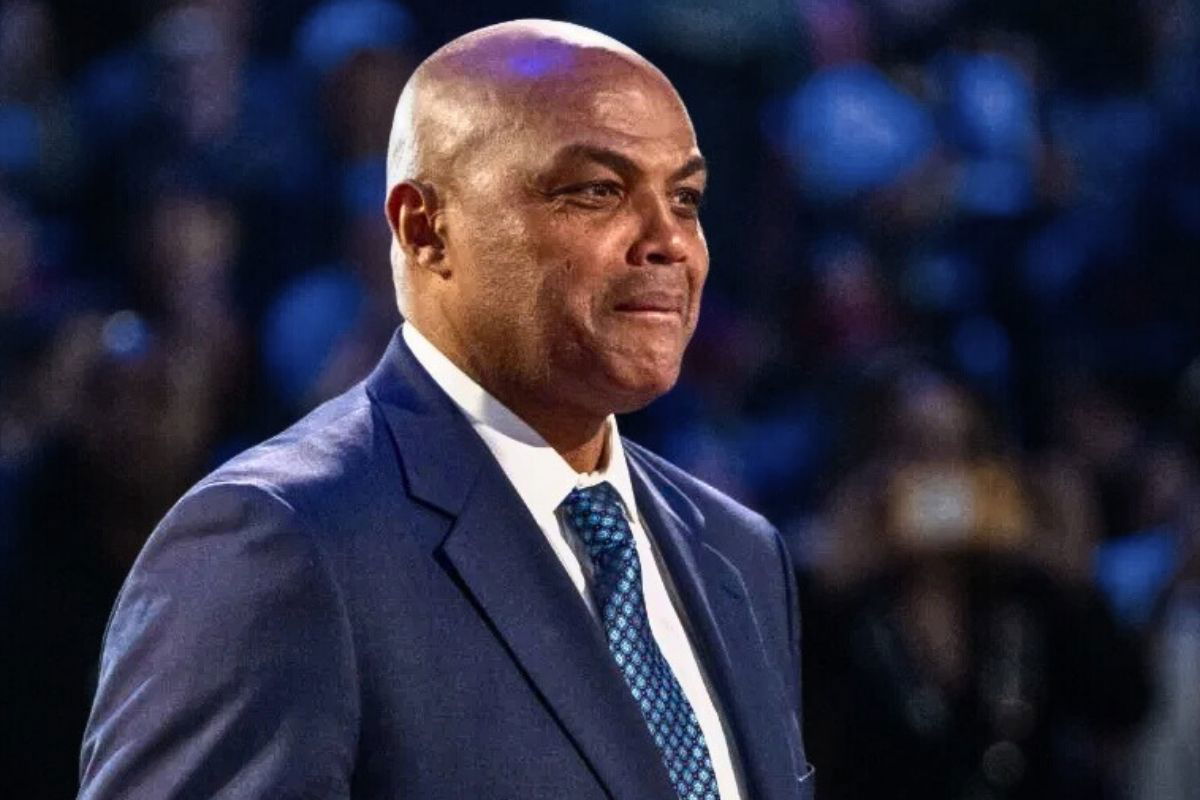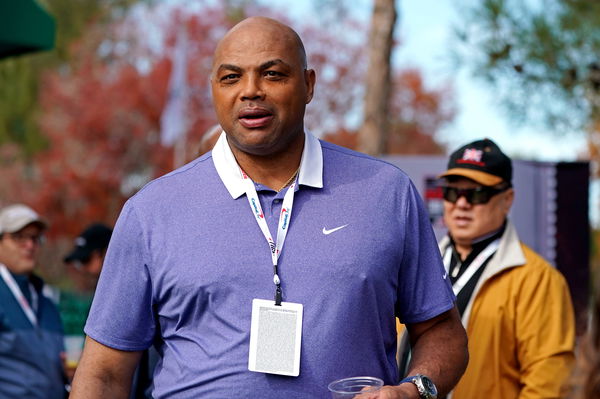
USA Today via Reuters
February 20, 2022; Cleveland, Ohio, USA; NBA great Charles Barkley is honored for being selected to the NBA 75th Anniversary Team during halftime in the 2022 NBA All-Star Game at Rocket Mortgage FieldHouse. Mandatory Credit: Kyle Terada-USA TODAY Sports

USA Today via Reuters
February 20, 2022; Cleveland, Ohio, USA; NBA great Charles Barkley is honored for being selected to the NBA 75th Anniversary Team during halftime in the 2022 NBA All-Star Game at Rocket Mortgage FieldHouse. Mandatory Credit: Kyle Terada-USA TODAY Sports
You ever notice how it’s the loudest, boldest guys who end up facing the most personal battles in the quietest ways? Charles Barkley—the ‘Round Mound of Rebound’ himself—is one of the most unforgettable voices in basketball. On the court, on TNT, in the world. But behind that big personality? He’s been dealing with something a lot more personal: his weight, his health, and the rollercoaster that comes with trying to get real help. And now, in the middle of the NBA Playoffs—while everyone else is breaking down matchups—Chuck just made a move of his own. One that actually says a lot more about the current game off the court.
Watch What’s Trending Now!
We’ve seen this storyline play out before, right? A celebrity drops a few pounds with a new medication, the buzz builds, and then boom—supply issues hit, the journey stalls, and the internet starts with the hot takes. But Barkley’s different. He’s not trying to go viral or make a quiet comeback. He’s saying it all out loud, just like he always has. He lost 50 pounds on Mounjaro, felt good, and then got hit with an FDA-declared shortage last fall. When access dried up, so did the progress. He gained some of the weight back—and yeah, he owned that too. No filters, no fluff. That’s what makes what he just did even more interesting.
Barkley is back in the game, but this time? As the newest ambassador for Ro—the telehealth platform helping people get access to GLP-1 medications. As a celebrity ambassador, he is using it to restart his weight loss journey with Lilly’s newly available obesity dr-g Zepbound. And it’s not just some ad deal; Barkley’s been using Ro’s services himself.
ADVERTISEMENT

USA Today via Reuters
Nov 23, 2018; Las Vegas, NV, USA; Charles Barkley before The Match: Tiger vs Phil golf match at Shadow Creek Golf Course. Mandatory Credit: Kyle Terada-USA TODAY Sports
The partnership dropped Tuesday morning, with Ro’s Chief Product Officer Saman Rahmanian saying, “It’s been a deeply personal journey for Charles. We are glad that we can help him with consistent access to the medication.” Translation? Chuck is done waiting around. And Ro sees him as the perfect bridge to reach real people who are fed up with the red tape.
Ro isn’t just chasing eyeballs with this. They’re trying to rewrite how weight loss meds are accessed—and Barkley’s helping them make that story land. While other telehealth brands got flamed for pushing compounded GLP-1 versions without full context (remember the Hims & Hers Super Bowl spot?), Ro’s leaning into legitimacy. How?
ADVERTISEMENT
Their platform connects users with licensed doctors, checks insurance coverage up front, and offers meds like Zepbound at rates similar to dr-gmaker DTC platforms like LillyDirect. Add in Barkley’s charisma, and you’ve got a campaign that doesn’t feel like a pitch—it feels like a playbook for how this space might actually work for people who need it.
And then there’s Barkley himself. Still loud. Still real, “Ro made it really convenient. Nobody wants to go online and sign up for something that’s gonna take 30 to 40 hours. People want convenience…in the healthcare space. And hopefully I can spread the word, not to just my family members, but anybody who really wants to loose weight,” he shared.
ADVERTISEMENT
But as mentioned above, this isn’t just another endorsement deal. No. Barkley is leading this because he believes in the product. And it seems, he isn’t the only one.
Charles Barkley leads the charge: How GLP-1 medications are changing health access
ADVERTISEMENT
GLP-1 dr-gs—like Ozempic, Mounjaro, and Zepbound—aren’t just trimming waistlines anymore. They’re rewriting the script on who gets to be part of the weight loss and wellness conversation. What started out as a game-changer for Type 2 diabetes has exploded into a full-on cultural shift, with celebrities, influencers, and even weekend warriors sharing their transformations out loud and online.
Take Shane Harding, known from 90 Day Fiancé—she lost 84 pounds on Mounjaro, but what really stood out was her take on how the dr-g helped curb her alcohol cravings. “It changed my relationship [with alcohol],” she said. That’s the kind of real-life, unexpected bonus that’s made GLP-1s feel bigger than just a number on a scale.
And it’s not just reality stars. Amanda Rodriguez, a 30-year-old runner, got back on tirzepatide after the Chicago Marathon—not just to drop pounds, but to level up her performance. She says she lost 20 pounds, felt stronger, knocked a minute off her 5K time, and even finished her first ultramarathon. For her, it wasn’t about shortcuts. It was about staying in the game longer, stronger.
This shift is catching on in the fitness world, too. Equinox has already launched GLP-1-focused training programs that help users preserve muscle while shedding fat. But not everyone’s cheering just yet—doctors like Dr. Richard Isaacson are urging caution. He’s tested GLP-1s in elite settings, even with a former Olympic gold medalist, but says there’s a “very fine line” between healthy optimization and performance enhancement. The conversation is just getting started.
The GLP-1 wave isn’t just reshaping bodies—it’s reshaping the playbook on health access, motivation, and staying in the game. From weekend runners to basketball legends, people are finally finding real tools that work. The momentum’s real, the message is personal—and the future? It’s looking a lot more inclusive.
ADVERTISEMENT
ADVERTISEMENT
ADVERTISEMENT

